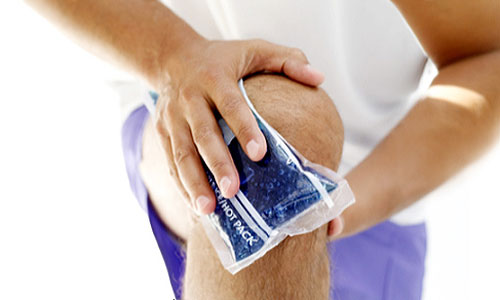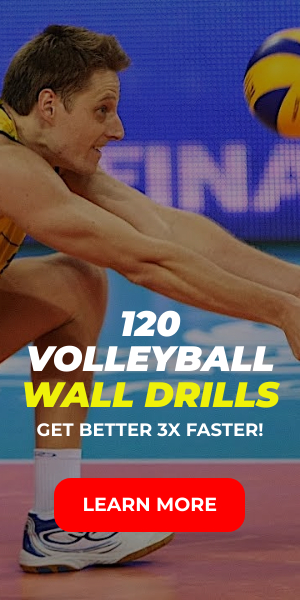Hey, if you thought you’re more likely to injure your hands and fingers while playing volleyball – because you use them to throw the ball over the net (duh), you’re wrong! You use your legs and knees to run and jump so that you can use your hands and fingers to throw the ball!
Common volleyball knee injuries include:
Jumpers Knee – extreme stress caused by jumping ruptures the tendons that connect your tibia bone to your kneecap leading to degeneration and inflammation of the knee. Other symptoms include stiffness after physical exertion, pain especially when you apply pressure to the knee and also upon contracting your quadriceps muscles. The condition is normally treated with the consumption of anti-inflammatory medication, friction massage, laser or ultrasound treatment, and rehabilitation. While most sports related knee injuries can be dealt with at an urgent care facility in proximity, extreme cases do require surgery.
Anterior Cruciate Ligament (ACL) Injury – happens when you over-stretch or tear your ACL partially or completely. The ACL is located in the middle of your knee and facilitates proper knee rotation. Symptoms include pain, swelling, and a “popping” noise when you move your knee. These injuries are normally treated with icing packs while on the field, resting, anti-inflammatory medications, and physical therapy while off the field. In worst case scenarios… yes… surgery!
Chondromalacia Patella – is a post injury condition that develops due to continuous use of damaged knee ligaments. Well, not that you can stop using your knees after they’re injured, but simple knee movements involved in things like squatting, kneeling, walking up and down the stairs, and even bending your knees and sitting for prolonged periods of time can be rather painful. The condition may also warrant the use of a supportive brace and taping the affected knee in addition to normal anti-inflammatory medication and rehabilitation.
Meniscus Tears – I mean tears, and not salty tears! The meniscus is a small piece of cartilage located between your shinbone and your thighbone that functions as a shock absorber in the knee. The cartilage may tear due to the twisting of your knee when squatting, or after the knee receives a direct blow from a hard collusion resulting in the knee locking and limiting its range of motion, Treatment normally begins with resting, icing, compressing the affected knee, anti-inflammatory medication, and in worse cases, surgery.
Having said all that, prevention is way better than cure – this applies to quite literally everything that’s health related, be that on the sports field or in the school.
Some general tips when on the field
For starters, you might want to take note of some of these to keep volleyball knee injuries at bay – though you’d be better off taking note of all of them.
Try not to land on straight knees; make softer landings with your hips, knees and ankles bent. Softer landings are healthier!
Land in good alignment keeping your hips and knees lined up with the second toe. Don’t let your knees collapse in or rotate.
The best time to stretch your knees is after practice or after a match when the muscles in and out of the knee are warm.
Sore knees deserve special treatment. Don’t hesitate to put an ice pack on sore knees for 20 minutes or so when you’re recovering after training sessions, or after a good game of sweaty volleyball.
Wear volleyball knee pads; they help to prevent knee damage caused by repetitive diving and falling.
Training your knees for the sport
To be honest, preventing knee injuries while playing volleyball has a lot more to do with developing your leg muscles and improving your agility so that you can avoid making bad landings and fail falls and devastating dives. But if you’re still looking for a knee workout, partial squats, step-ups, and side-lying leg lifts are the best exercises to build in knee and leg strength without overworking your knees to a point that they begin to hurt even before you step into the game. Also, never forget the golden rule when it comes to bending your knees; always stop before they cross your toes!
Eating healthy for healthy knees
While a healthy diet doesn’t directly contribute to knee strength in the same manner as exercise does, but it sure does provide you with vital nutrients that make your bones, tendons, and cartilage strong and less prone to damage. So unless you don’t want to end up with damaged and painful knees that put a full stop on your career as a professional volleyball player – and neither as an old-age patient suffering from rheumatoid arthritis seeking personal caregiver services – eat foods to supplement your daily calcium and omega 3 intake.
So how are those knees feeling now?





